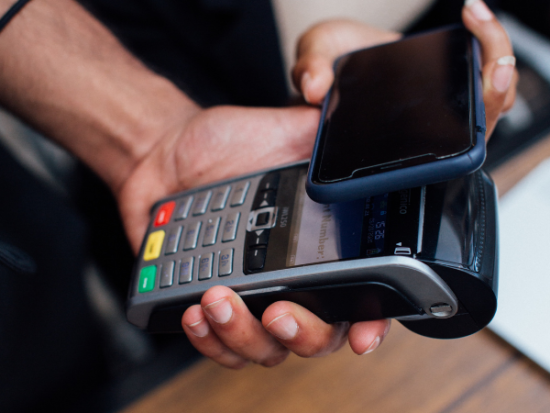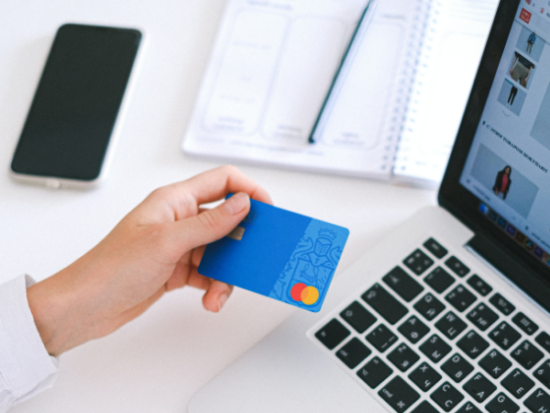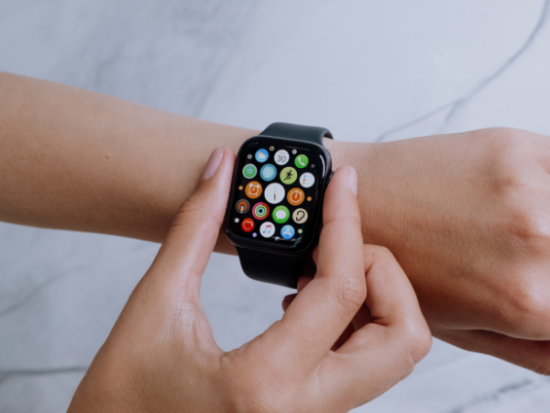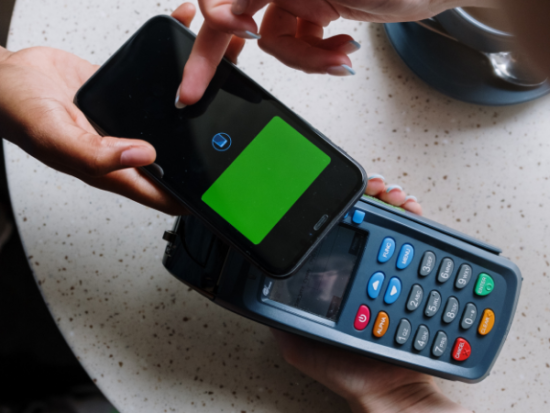How to set up Apple Pay on your iOS devices
We’ve all noticed the wallet app on our iPhones, iPads, or IOS compatible devices, and you don’t need to be an Apple nerd to have come across “Apple Pay.” In this article, we’ll answer all the burning questions you have about those and show you how to set up this nifty feature on your IOS-compatible device.
What is Apple Pay?

Apple Pay is Apple inc.’s dedicated mobile payment and digital wallet made for Apple by Apple to facilitate payments in person, on the Safari web browser, and apps compatible with devices such as the iPhone, Ipad, Apple Watch, and other compatible devices.
How does it Work?
Apple Pay works by letting you add your credit, debit, or prepaid cards to the Wallet app on your iPhone, Apple Watch, Ipad, and other compatible devices.
The card or cards you add are then saved on your apple wallet after authentication from your card issuer. From this point on, you can send and receive money on Apple Pay whether you are in the United States or any country or region in the world.
How to set up Apple Pay?
To set up Apple Pay, you simply add your credit, debit, or prepaid card to the Wallet app on your iPhone, Apple Watch, or another compatible device.
To use Apple Pay, you will need to have:
- A compatible device with the latest version of IOS or iPAD OS or WATCH OS or MAC OS
- A supported card from a card issuer.
- An Apple ID signed in to iCloud
Note: You also can add up to 12 cards on most newer devices and up to eight cards on some older models.
How to set up Apple Pay with a new card on your iPhone
Here are the simple steps to follow if you want to set up your Apple Pay with a new card on your iPhone
- In the Wallet app, tap the Add button
- Tap Debit or Credit Card.
- Tap Continue.
- Follow the steps on the screen to add a new card. If prompted, choose your bank or card issuer from the list or find them using the search bar.
- Verify your information with your bank or card issuer. They may ask you to provide additional information or to download an app before approving your card for use with Apple Pay.
- If you have a paired Apple Watch, you can also add the card to your watch.
How to use Apple Pay with a previous card on your iPhone
- In the Wallet app, tap the Add button.
- Tap Previous Cards to see cards that you previously added to the Wallet app.
- Choose the card or cards that you want to add and tap Continue.
- Follow the steps on the screen to add your card.
- If necessary, verify your information with your bank or card issuer. They may ask you to provide additional information or to download an app before approving your card for use with Apple Pay.
- If you have a paired Apple Watch, you can also add the card to your watch.
- Find out what to do if you can’t add your card to your apple wallet.
- Once you’ve added your card, you can use Apple pay.
How to set up Apple Pay on your Apple Watch
You can add a new debit or credit card, or a card you previously used on a device associated with your Apple ID, directly on your Apple Watch. You can also add a card with the Apple Watch app on your paired iPhone by following these steps:
- Add a card for Apple Pay on your Apple Watch
- On your Apple Watch, open the Wallet app.
- Scroll down and tap Add Card.
- Tap Debit or Credit Card to add a new card, or tap Previous Card to choose a card you previously added to the Wallet app.
- Tap Continue.
Follow the steps on the screen to enter your card information and add your card.
If necessary, verify your information with your bank or card issuer using the Apple Watch app on your paired iPhone.
They may ask you to provide additional information or to download an app before approving your card for use with Apple Pay. Apple Watches on a family setup may not be able to add cards directly.
How to Add a card for Apple Pay with the Apple Watch app on your iPhone
- On your paired iPhone, open the Apple Watch app.
- In the My Watch tab, tap Wallet & Apple Pay.
- Tap Add Card.
- Then tap Debit or Credit Card to add a new card, or tap Previous Card to choose a card you previously added to the Wallet app.
- Tap Continue.
Follow the steps on the screen to add your card.
If necessary, verify your information with your bank or card issuer. They may ask you for additional information or download an app before letting you use your card with Apple Pay.
How to set up Apple Pay on your Mac or iPad
- Open Wallet settings on your device.
- On your Mac model with Touch ID, go to System Preferences > Wallet & Apple Pay.
- On your iPad, go to Settings > Wallet & Apple Pay.
- Tap Add Card.
Follow the steps on the screen to add a card.
Verify your information with your bank or card issuer. They may ask for more information.
Once you’ve added your card, you can begin to use Apple pay
On Mac models without built-in Touch ID, you can complete your purchase using Apple Pay on your compatible iPhone or Apple Watch: On your iPhone, go to Settings > Wallet & Apple Pay and turn on Allow Payments on Mac.
Other Things To Consider When Setting Up Apple Pay
Make sure you sign in to iCloud on all of your devices.
On your iOS device, you need to set up a Face ID, Touch ID, or a password. On your Apple Watch, you need to set up a password.
If you sign out of iCloud or remove your password, all credit, debit, prepaid public transport, and student ID cards will immediately be removed from that device.
If you’re younger than 13, Apple Pay isn’t available, and you can’t add a card in the Wallet app. The age varies by country or region.
Living in mainland China and the Netherlands, you can use Apple Pay only on Safari on compatible iPhone and Ipad devices using iOS 11.2 or later.
In Italy, you are unable to add Maestro cards to the iPad or Mac. Also, in Australia, you can’t add eftpos cards to your iPad or Mac. While In the Netherlands, you can add Maestro cards to all compatible devices except Mac.
Related Articles
Summary
Once you know how to set up Apple Pay on your device, it is perfectly convenient for in-app purchases or payments on your iPhone, Apple Watch, Mac, or iPad.
Nonetheless, in an era of multiple digital wallets, Apple Pay doesn’t offer much more than other competitors. Its use case is no longer convenient for everyday use than other digital wallets and does not outperform regular bank apps.






